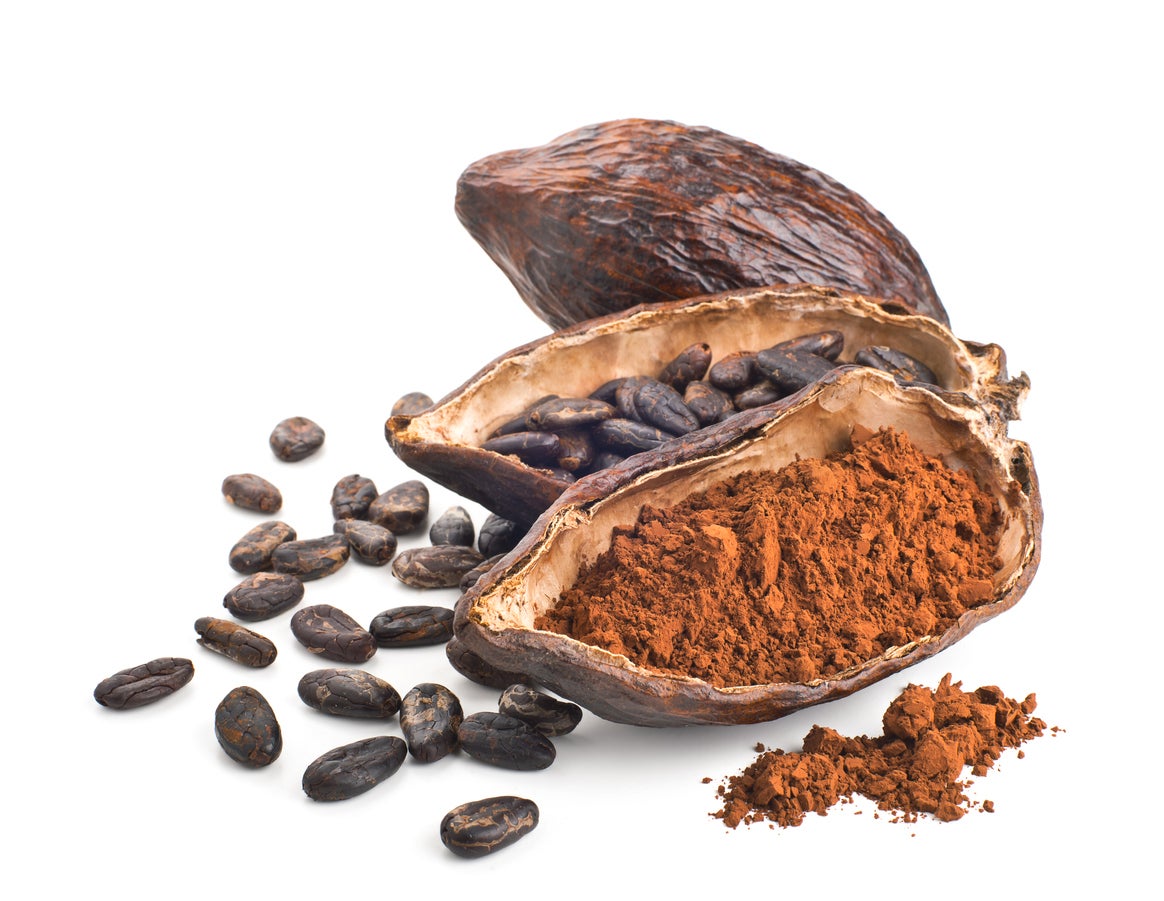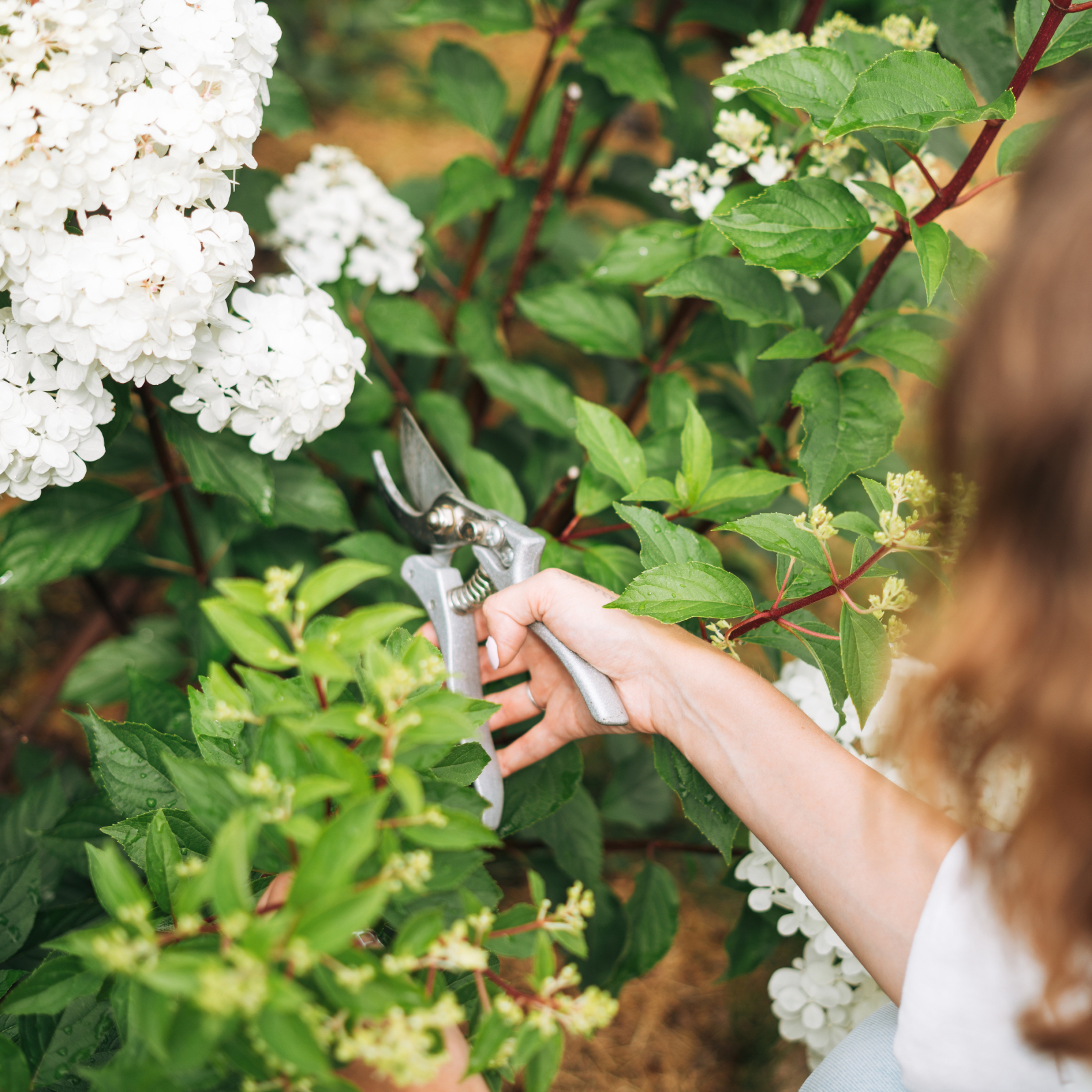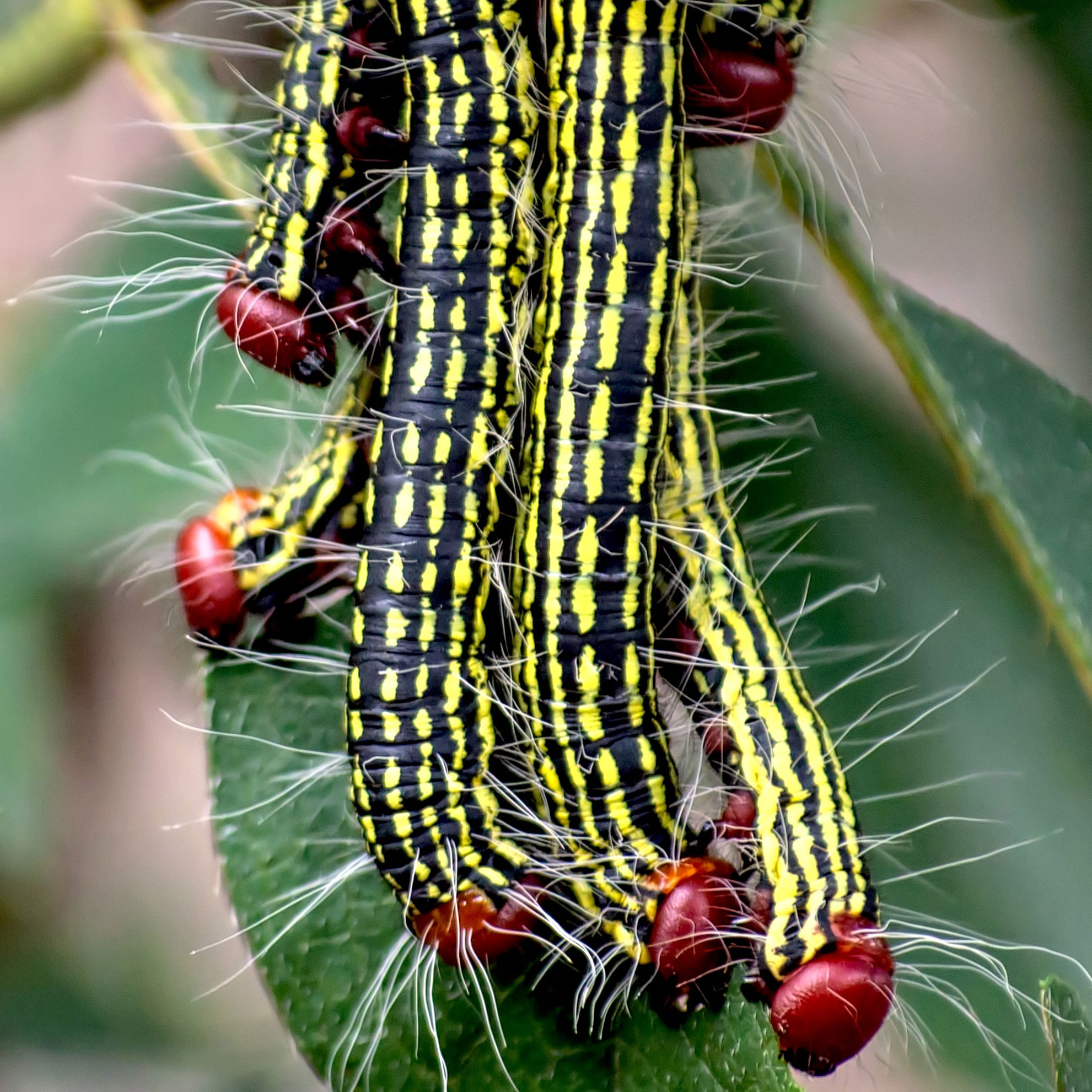How To Process Cacao Pods – Cacao Bean Preparation Guide

Chocolate has got to be one of mankind’s major weaknesses, that and coffee-- which goes well with chocolate. Historically, wars have been fought over the delicious beans, because beans they are. The process of making chocolate begins with processing cacao beans. Cacao bean preparation takes some serious effort before it turns into a silky, sweet chocolate bar.
If you’re interested in the making of chocolate, read on to learn how to process cacao pods.
About Cacao Bean Preparation
Proper processing of cacao beans is as important as that of coffee beans, and just as time consuming and complex. The first order of business is harvesting. Cocoa trees bear fruit when they are three to four years old. The pods grow straight out from the trunk of the tree and can yield 20 to 30 pods per year.
The color of the pods depends on the variety of cacao tree, but regardless of the color, inside each pod reside 20 to 40 cocoa beans covered in a sweet white pulp. Once the beans have been harvested, the real work of turning them into chocolate begins.
What to Do with Cacao Pods
Once the pods have been harvested, they are split open. The beans inside are then scooped from the pod and left to ferment with the pulp for about a week. The resulting fermentation will keep the beans from germinating later and it builds a more robust flavor.
After this week of fermentation, the beans are dried out in the sun on mats or using specialty drying equipment. They are then packed into sacks and transported to where the actual processing of cacao will be done.
How to Process Cacao Pods
Once the dried beans have arrived at the processing plant, they are sorted and cleaned. The dry beans are cracked and streams of air separate the shell from the nib, the small bits used in the process of making chocolate.
Gardening tips, videos, info and more delivered right to your inbox!
Sign up for the Gardening Know How newsletter today and receive a free copy of our e-book "How to Grow Delicious Tomatoes".
Then, just like coffee beans, the magic begins with the process of roasting. Roasting cocoa beans develops the flavor of the chocolate and kills bacteria. The nibs are roasted in special ovens until they are a rich, dark brown in color with a deep aroma and flavor.
Once the nibs have been roasted, they are ground until they liquefy into a thick chocolate ‘mass’ that contains 53 to 58% cocoa butter. The cocoa mass is pressed to extract the cocoa butter and is then cooled, wherein it solidifies. This is now the basis for further chocolate products.
While I have abbreviated the practice of processing cacao, cacao bean preparation is actually quite complicated. So, too, is the growing of the trees and harvesting. Knowing just how much time goes into to making this favorite sweet should help one appreciate the treats even more.

Amy Grant has been gardening for 30 years and writing for 15. A professional chef and caterer, Amy's area of expertise is culinary gardening.
-
 Pruning Limelight Hydrangea Bushes For Bigger Blooms & Stronger Plants
Pruning Limelight Hydrangea Bushes For Bigger Blooms & Stronger PlantsPruning 'Limelight' hydrangea will benefit the shrub. Flowers will be more bountiful the next year and branches will be stronger. Learn how and when to prune.
-
 What’s Wrong With Your Azaleas? Identify, Tackle And Prevent 6 Common Azalea Pests
What’s Wrong With Your Azaleas? Identify, Tackle And Prevent 6 Common Azalea PestsIf you’ve spotted signs of azalea leaf damage, don’t panic – here’s how to identify the most common azalea pests so you can take action swiftly and keep plants healthy
